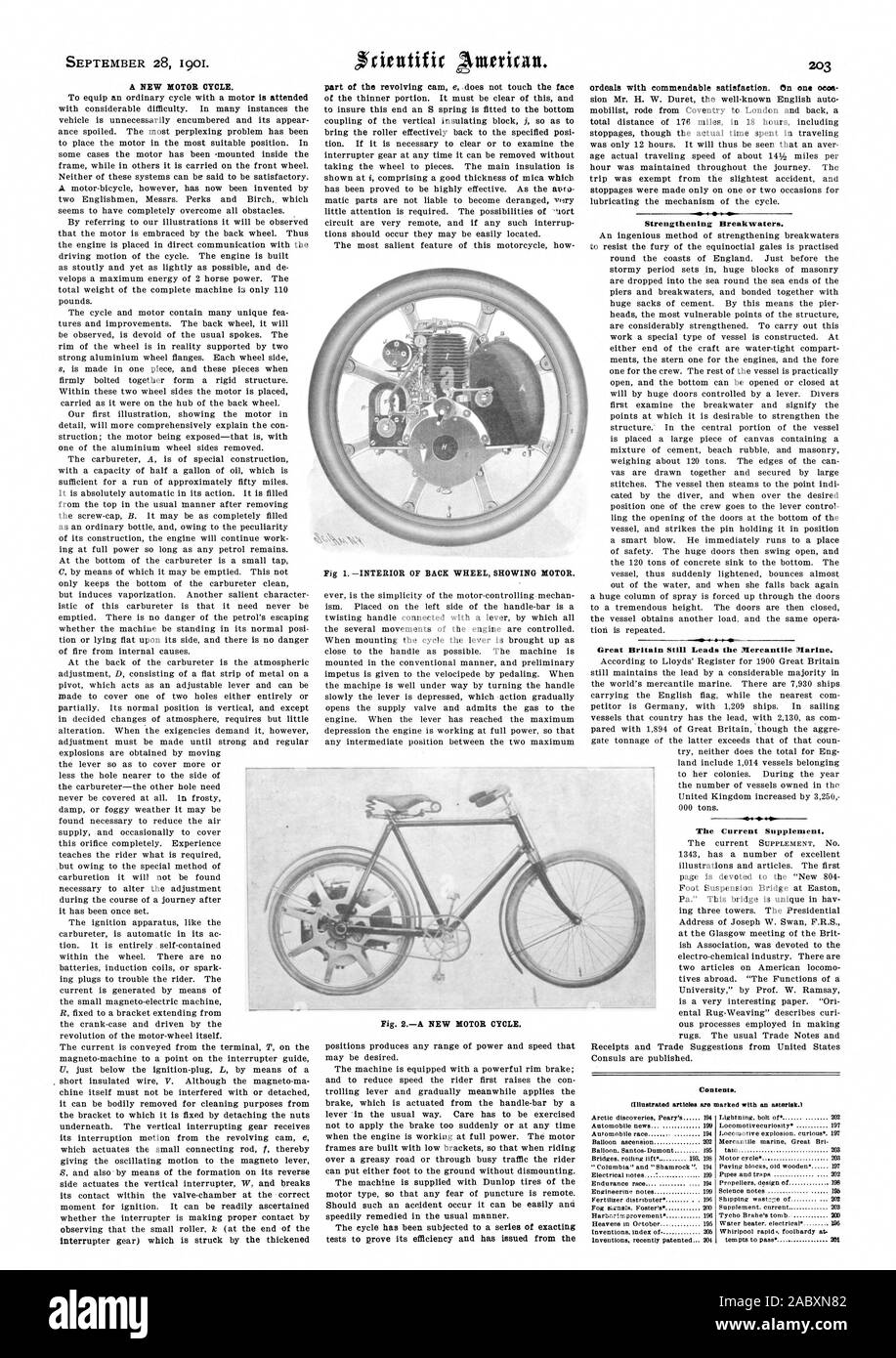


Species F is the most distantly related of the sample of species and is known as the “outgroup.” Outgroup species are necessary to “root” an evolutionary tree-that is, to indicate the last common ancestor (i.e., the deepest internal node) shared by the entire group of species. For example, species A and B share a recent common ancestor that was not shared by the other species and are therefore called “sister taxa.” Similarly, species D and E are sister taxa. The pattern of branching-known as the “topology” of the tree-indicates evolutionary relatedness. In this figure, the node marked with an asterisk represents the most recent common ancestor of species A and B, and the one marked with two asterisks is the most recent common ancestor of species A, B, and C. any factor or element that makes an otherwise outstanding achievement somewhat doubtful or less impressive: Two favorites were injured in practice, so his win comes with an asterisk attached. something in the shape of a star or asterisk. The terminal nodes are connected to one another through branches that join at “internal nodes.” Internal nodes represent inferred lineage splitting (speciation) events that give rise to descendant sister groups-in other words, they represent the common ancestors from which two or more related lineages are descended. the figure of a star () used to mark a hypothetical or reconstructed form that is not attested in a text or inscription. These typically represent individual species or larger taxonomic groups, and all are contemporaries of one another (for example, all may be living at present, in which case A through F would all represent modern species). In (b) asterisks show where successive moisture contents are significantly different - treatment means analysed using t-tests. 4 and 5 for alternatives) are the terminal nodes or “tips” of the tree. ‘The asterisk indicates a cross-reactive species.’ ‘The 80 species denoted by a double asterisk are native species included on the State list of rare, threatened or endangered plants of Maryland.’ ‘An individual, whose name is marked with a double asterisk, gave a witness statement which was put in evidence under the Civil Evidence. An evolutionary tree includes several components. The following script will check that the input taken from the user contains alphabetic characters only.The anatomy of a phylogeny. The uses of four mostly used classes have explained in the following four examples.

It is used to alphanumeric characters including underscore(_). It is used to match with ASCII characters. We hope the information above will be helpful for you.
Marked with an asterisk registration#
It is used to match with hexadecimal digits.REGISTERREQUIREDFields marked with an asterisk () are required.Then, change it into
REGISTERREQUIREDSo, you can easily generate a registration form without Fields marked with an asterisk () are required.
It is used to match with non-printable characters. It is used to match with printable characters. It is used to match with uppercase latter only and equivalent to It is used to match any alphabet and digit. It is used to match with any digits and is equivalent to. It is used to match with any uppercase and lowercase letter and equivalent to. ‘ls a*’ command will search and print all filenames of the current directory that starts with the character, ‘a’. ‘ls’ command is used to find out the list of files and folders of the current directory. Example – 1: Searching Specific File with Filename and ‘*’ Different use of the asterisk (*) are shown in the following examples. Use of Asterisk (*)Īsterisk (*) can be used in various ways with shell commands for searching files. The uses of these characters are shown in the next part of this tutorial. Square brackets are used to match with the characters of a defined range or a group of characters. Question mark (?) is used to search for a fixed number of characters where each question mark (?) indicates each character. Wildcard CharactersĪsterisk (*) is used to search for a particular character(s) for zero or more times. How you can use different types of wildcard characters for searching files is shown in this tutorial. Twitter Bootstrap Form File Element Upload Button.
Marked with an asterisk how to#
How to make Twitter Bootstrap menu dropdown on hover rather than click. How to define CSS style for fields marked as required Related. Another common use of wildcard characters is to create regular expressions. To display an asterisk on the right of the label. Wildcard characters are used to define the pattern for searching or matching text on string data in the bash shell. When we need to search for anything using shell commands then we need to define a pattern for searching.


 0 kommentar(er)
0 kommentar(er)
